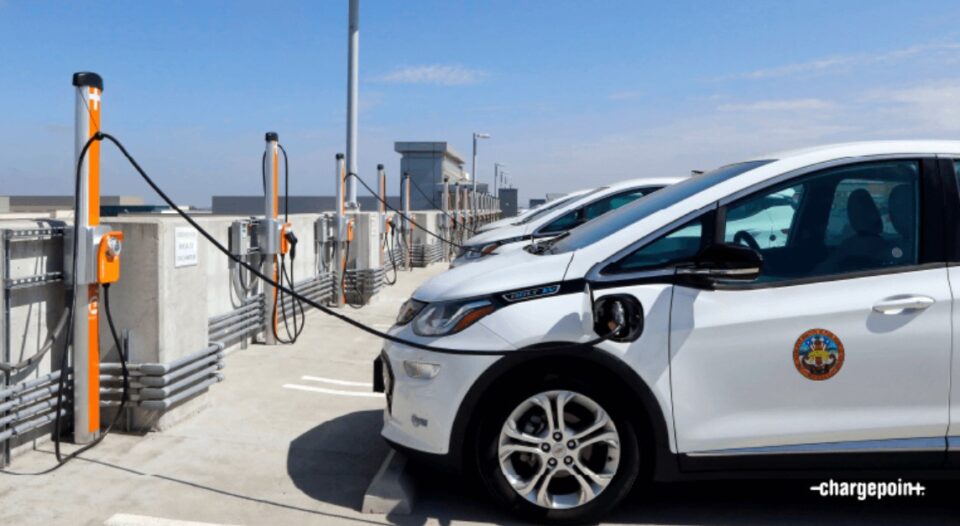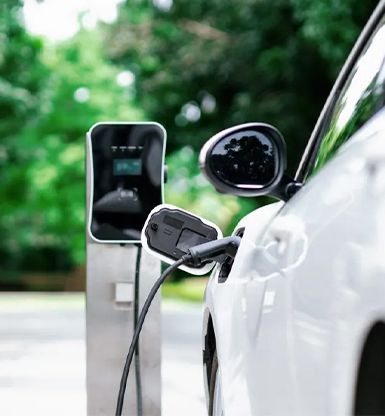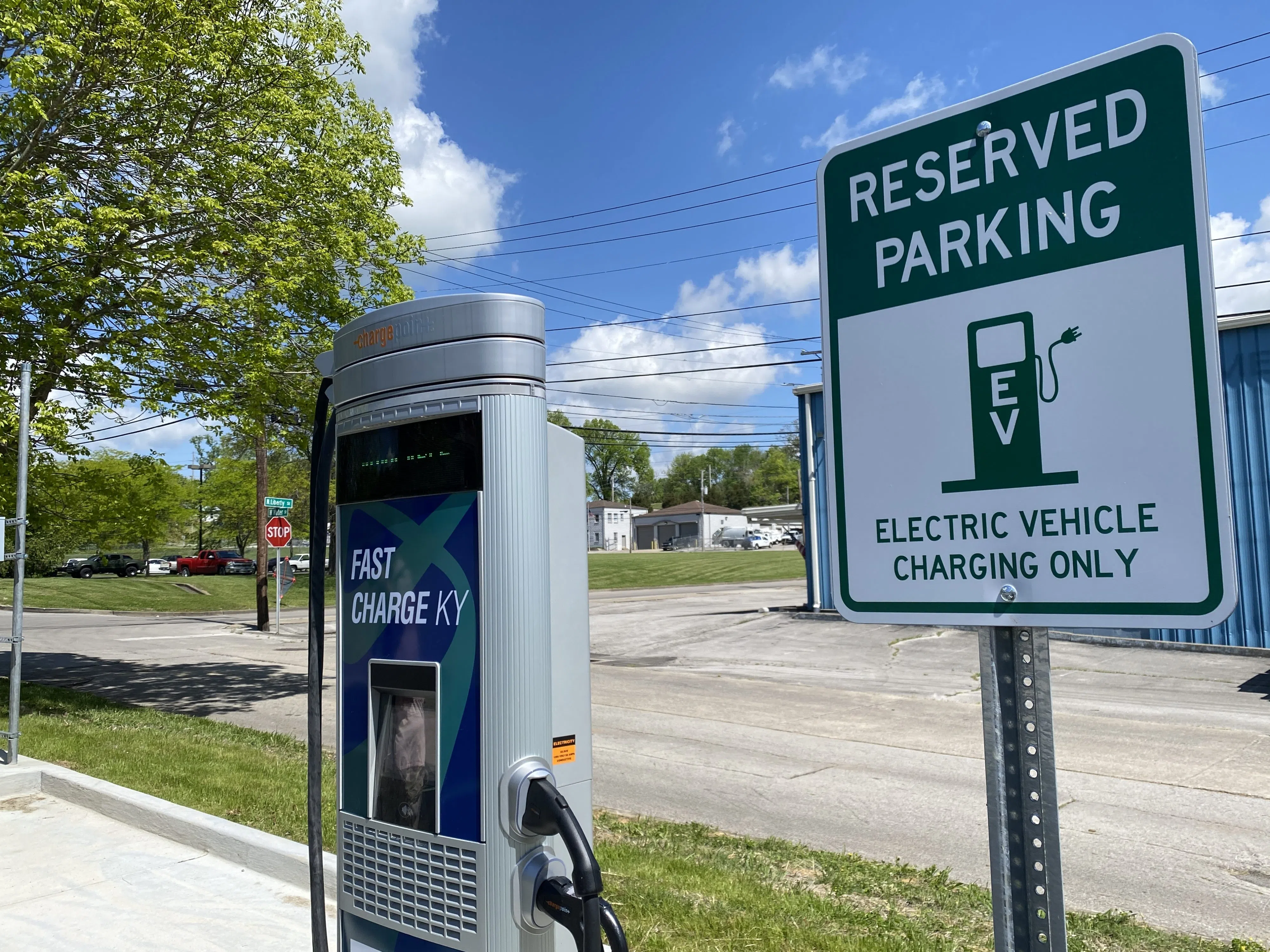Key Innovations in the EV Sector You’ll Find in Today’s Buy EV Charging news
Key Innovations in the EV Sector You’ll Find in Today’s Buy EV Charging news
Blog Article
Top EV Charging Information: Key Updates on Framework and Advancement

Recent Innovations in Fast-Charging Modern Technology

Moreover, innovations in battery technology, consisting of improved thermal management systems and higher power thickness batteries, enhance fast-charging capabilities. These growths reduce the danger of battery degradation during rapid charging, guaranteeing long life and performance for EV proprietors.
Furthermore, the assimilation of smart billing options is boosting individual experience, allowing real-time tracking and vibrant prices models. EV Charging news. This flexibility enables vehicle drivers to maximize charging times and expenses based upon grid demand
As automakers remain to spend in fast-charging networks, the partnership between sector stakeholders is crucial. Collaborations in between billing station suppliers and automotive producers are leading the way for substantial insurance coverage, eventually fostering a more durable EV community. These developments are essential in supporting the change to lasting transport.
Federal Government Campaigns for Billing Expansion
Government initiatives play an important role in the development of electrical automobile (EV) charging framework, facilitating the change to lasting transport. Different federal and state programs are being carried out to enhance charging availability, minimize the monetary concern on consumers, and promote the fostering of electrical automobiles.
Significantly, the U.S. government has actually assigned significant financing via the Infrastructure Investment and Jobs Act, which allocates $7.5 billion for EV charging network advancement across the nation. This funding is intended at releasing countless new billing stations, specifically in underserved areas, consequently addressing range anxiety among possible EV purchasers.
Additionally, countless states are enacting regulation to streamline the permitting process for charging terminal setups, which is important for accelerating implementation. Incentives such as tax credit histories and refunds for both customers and companies are likewise being introduced to motivate the setup of billing infrastructure.
Moreover, public-private collaborations are increasingly ending up being an emphasis, leveraging private investment to enhance government financing. These initiatives emphasize a collaborative strategy vital for developing a effective and extensive EV billing network, inevitably contributing to a greener and more sustainable future.
Cutting-edge Battery Solutions Enhancing Performance
Reinventing the landscape of electrical vehicle (EV) technology, cutting-edge battery options are considerably enhancing performance and performance. Advancements in battery chemistry, especially with lithium-sulfur and solid-state batteries, are bring about boosted power density, which permits for longer arrays and faster billing times. These new battery types have the prospective to outperform conventional lithium-ion batteries by offering higher capabilities while reducing weight, thereby boosting overall vehicle effectiveness.
Additionally, developments in battery administration systems (BMS) are enhancing energy usage and prolonging battery life expectancy. Intelligent algorithms check battery health and performance, allowing real-time modifications to charging and releasing procedures. This not only boosts the effectiveness of the battery however additionally ensures an extra sustainable and trustworthy power source for EVs.
Furthermore, the assimilation of reusing technologies is addressing the ecological impact of battery production and disposal. Technologies in second-life applications for EV batteries are facilitating their use in power storage space systems, contributing to a round economy.
As these ingenious battery services remain to evolve, they promise to change the EV market, making electric automobiles much more accessible and appealing to a wider audience while supporting global sustainability objectives.

Collaboration Between Automakers and Charging Networks
Recognizing the important requirement for a robust billing framework, automakers are increasingly collaborating with charging network carriers to enhance the EV possession experience (EV Charging news). These collaborations aim to create a smooth billing ecosystem that profits consumers and sustains the shift to electrical automobiles
Significant automotive brand names are signing up with pressures with established charging networks to expand their billing terminal coverage, making sure vehicle drivers have accessibility to reputable and convenient billing alternatives. As an example, collaborations with networks like ChargePoint and Electrify America permit automakers to incorporate charging solutions directly into their automobiles' navigation systems, assisting individuals to the nearest terminals and offering real-time schedule updates.
Additionally, these cooperations commonly result in the growth of fast-charging modern technologies that substantially minimize the moment needed to reenergize an EV. By pooling resources and proficiency, automakers and charging networks can innovate much faster, developing options that satisfy the expanding need for electric movement.
In enhancement, joint campaigns may additionally lead to more standardized billing protocols, which can relieve customer complication and promote wider EV adoption. On the whole, these strategic partnerships are pivotal in building a straightforward and effective billing facilities that satisfies the demands of an expanding electric automobile market.
Challenges Facing EV Charging Framework
As the electric automobile market proceeds to grow, several difficulties are emerging that impede the advancement of a comprehensive charging facilities. Among the main barriers is the inadequate variety of billing stations, especially in country and underserved urban locations. This space develops range anxiety among potential EV buyers, hindering them from making the button.
Furthermore, the absence of Visit Website standardization accountable modern technology complicates the facilities landscape. Variants in plug kinds and billing speeds can create confusion for users and enhance functional complexities for charging network operators. The integration of billing stations right into existing electrical grids presents significant difficulties. Several areas face capacity restrictions, needing substantial financial investments in grid upgrades to suit raised need.
Another pressing concern is the high cost related to the setup and maintenance of charging terminals, which can be a barrier for both public entities and private services. Finally, regulative hurdles and zoning read the article constraints can postpone the release of billing infrastructure, impeding progression in expanding vital solutions. Dealing with these difficulties will certainly be important for fostering a robust EV ecological community that supports the change to lasting transport.
Conclusion
To conclude, the ongoing developments in EV charging innovation, sustained by considerable government initiatives why not find out more and cutting-edge battery options, are important for the expansion and performance of electric vehicle framework. Collaborations between car manufacturers and charging providers better boost station insurance coverage, addressing the expanding demand for obtainable charging alternatives. In spite of difficulties that linger within the EV billing landscape, these advancements represent a favorable trajectory towards a more efficient and lasting electrical lorry community.
Developments in billing infrastructure have led to the development of ultra-fast battery chargers capable of providing up to 350 kW of power, significantly reducing billing times. Variants in plug kinds and charging rates can create complication for users and boost functional complexities for billing network drivers.In final thought, the recurring improvements in EV charging modern technology, sustained by significant government efforts and ingenious battery remedies, are important for the development and efficiency of electrical lorry facilities. Cooperations in between car manufacturers and charging providers even more enhance station protection, resolving the growing demand for available billing choices. Despite obstacles that linger within the EV billing landscape, these developments symbolize a favorable trajectory towards a much more sustainable and reliable electrical lorry community.
Report this page